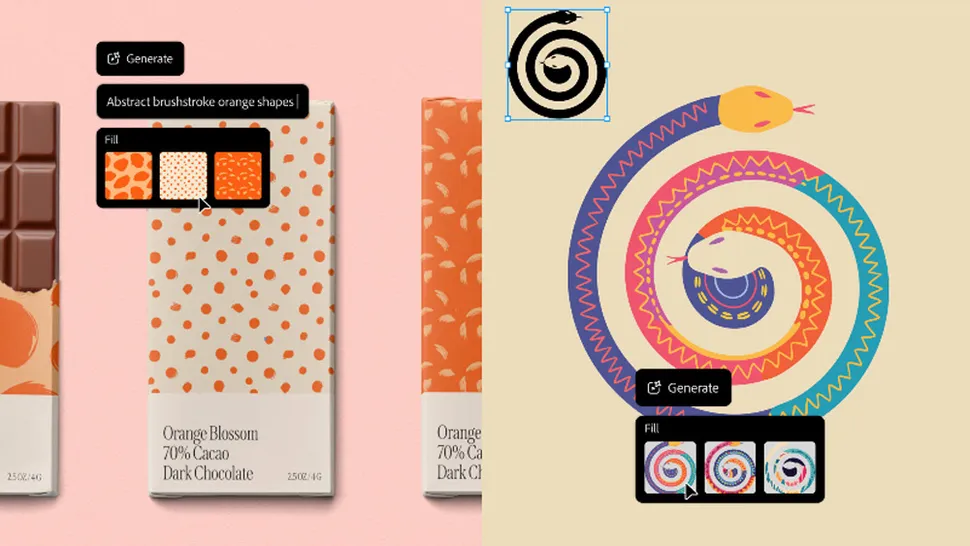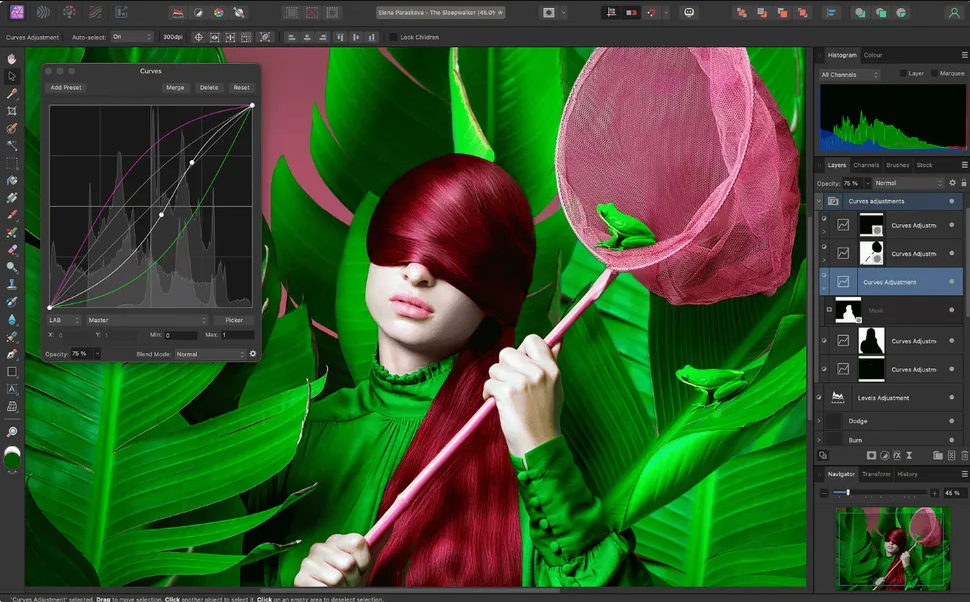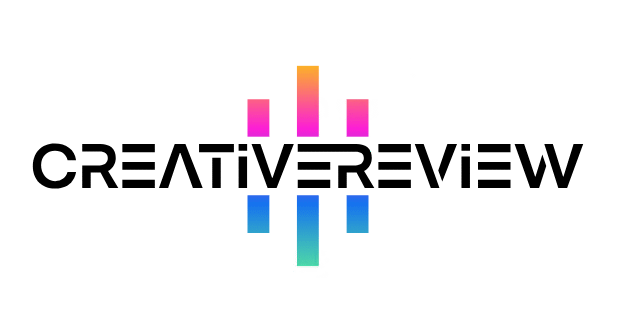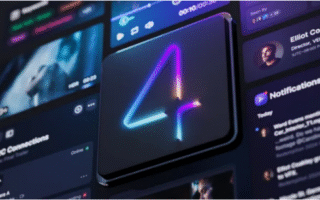Soon, countless designers will end up paying more for their Creative Cloud apps. And many might not even realize it.
Adobe’s Creative Cloud has been controversial since it launched in 2013, when the company switched from selling software outright (pay once, own forever) to a subscription model (pay regularly, never own). While subscriptions brought continuous updates and cloud-based features, the ongoing expense has become a burden—especially for freelancers and small studios working with tight budgets. Even if companies cover the cost, individuals often feel the pinch.
Things recently escalated when the U.S. Federal Trade Commission (FTC) began looking into Adobe’s subscription tactics. Internal communications that came to light included one executive comparing hidden cancellation fees to “heroin for Adobe.” Not a good look.
Now, Adobe is rolling out another major change to its pricing—one that risks frustrating users even more.
Say goodbye to Creative Cloud All-Apps
As of June 17, Adobe is discontinuing its Creative Cloud All-Apps plan in the U.S., Canada, and Mexico. It’s being replaced with two new tiers: Creative Cloud Pro and Creative Cloud Standard. Here’s where things get clever—and where default choices come into play.
Current All-Apps subscribers will be automatically moved to Creative Cloud Pro, which costs $69.99 per month on an annual contract, $104.99 month-to-month, or $779.99 paid yearly. That’s an increase of $10, $15, or $120 per year, respectively.
Adobe says the Pro tier offers more value, including expanded AI tools—unlimited “standard” generative features and 4,000 monthly credits for “premium” options like text-to-video.
For those who want to avoid the higher price, there’s Creative Cloud Standard. It goes for $54.99 monthly (on an annual contract), $82.49 month-to-month, or $599.88 per year. That’s slightly cheaper than the current All-Apps plan—saving users $5 or $7.50 per month, or $60 per year. The trade-off? You only get 25 generative AI credits per month (down from 1,000), and you lose access to some mobile and web app features.
Let’s be real: Adobe makes incredible software, and the company says its AI tools are both popular and heavily used. Maybe the pricier subscription really is worth it.
But if that’s true, why not make it an opt-in upgrade instead of the default? The fact that Adobe didn’t do that suggests a lack of confidence in their own value proposition. It feels less like offering better tools and more like pushing for more money.
To be clear: Everyone I’ve ever met from Adobe has been thoughtful and passionate. They believe in helping creatives do their best work. But moves like this undermine that trust.
Learning from streaming services
Sound familiar? It should. Adobe is using a playbook straight from the streaming world.

Companies like Netflix and Amazon Prime have repeatedly raised prices while also introducing cheaper, ad-supported plans with fewer features—like no 4K streaming. They create the illusion of choice while gently guiding users toward the more expensive option.
Netflix, for example, has bumped up prices multiple times while promoting its “basic with ads” plan. Amazon Prime did something similar with a video-only membership. In the end, most people end up paying more.
Adobe’s approach might be even smarter. By making Creative Cloud Pro the default, they’re banking on customer inertia—most people won’t take the time to downgrade, even if they’re paying more than they need to.
Will rivals seize the opportunity?
The big question is: How far can Adobe push this?
In the streaming world, endless price hikes are leading to subscription fatigue. People are canceling services they rarely use or signing up only for a month to binge specific shows.

Adobe may face similar pushback. As prices climb, professionals and studios will start reevaluating whether they really need everything Adobe offers—and explore alternatives.
Thankfully, there are plenty of options. Affinity (now owned by Canva) still offers one-time purchase licenses. Tools like Figma, Sketch, and Procreate have built loyal followings by focusing on specific needs—often at a more accessible price.
Bottom line: Adobe might soon learn that even its most loyal users have a limit. And when there are good alternatives out there, pushing prices too high may eventually backfire.




